Japan is called one of the safest countries in the world, but some places are not as safe as the rest of the country. In this article, I would like to introduce some of these places.
Osaka Prefecture
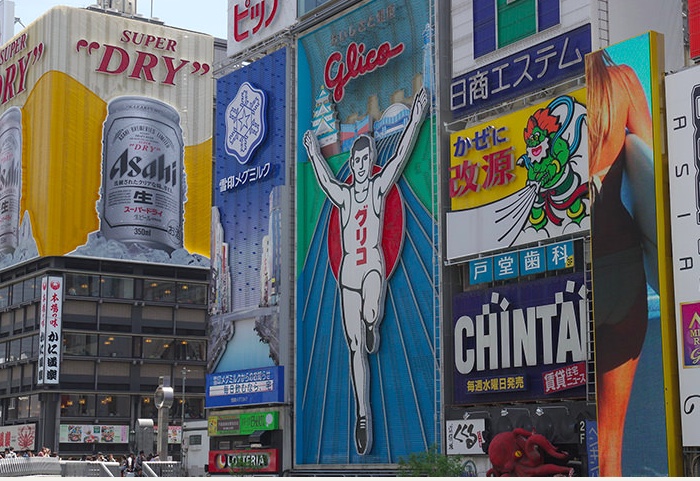
Osaka Prefecture is one of the most crime-ridden areas in Japan, with many crimes recorded not only in Osaka City but actually in the neighbouring cities of Sakai and Higashi-Osaka as well, which seems to make it even more dangerous. People living in Osaka Prefecture may need to be more aware of crime prevention methods and be extra careful every day than in other parts of Japan.
Reasons for poor public safety
Many gangs
There are many gangs in Osaka. As you can see in the daily news reports, there have been many fights and shooting incidents.
In recent years, the police have been working with local communities to implement measures to eliminate organized crime groups by aiming at cutting their sources of funding and weakening their power, and it is said that the power of designated organized crime groups is gradually shrinking.
On the other hand, with the addition of gangs such as the “Hangure” group, it is difficult to guess their relationship to crime, and it has become more difficult to understand their economic activities in various fields, which is also a major problem.
High poverty rate
About 15% of the people in Osaka Prefecture have less than half of the average annual income, which means that poverty is still a serious problem. The poverty rate for children is particularly high, second only to Okinawa, and the number of welfare recipients in Osaka is much higher at 34%, compared to about 17% nationwide.
The reason for this is the concentration of day labourers in areas such as the Airin district, and the increasing number of the working poor, who earn less than 3 million a year, which is a social problem in Japan.
Fukuoka Prefecture
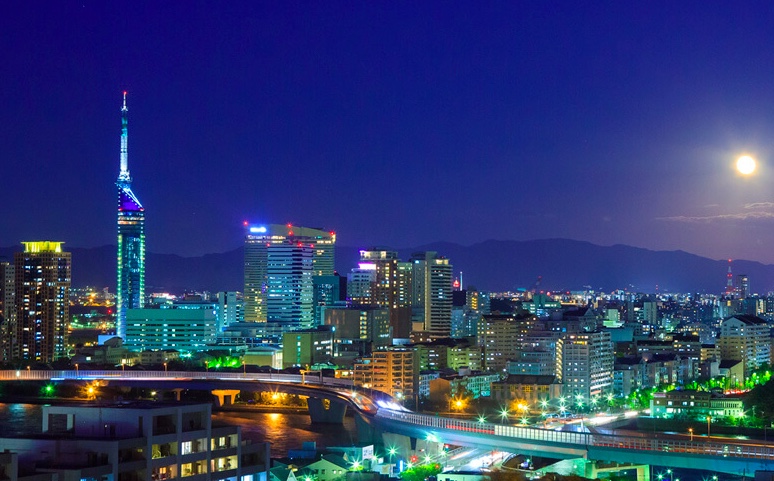
Fukuoka Prefecture, located in the northern part of Kyushu, is said to be the most densely populated prefecture in the country. It is also a tourist city that attracts many people and is famous for its food stalls in places like Nakasu, which many people imagine to be a lively place with many delicious foods.
The most common crime in Fukuoka Prefecture is theft, and it is said that this is partly due to the prefecture’s fourth-worst unemployment rate. Fukuoka is also widely known for its bad driving manners, which may be due to the rough temper and impatience typical of Kyushu, and has the 7th worst traffic accident rate in Japan. This prefecture is also famous for Hakata, but the crime rate in the downtown area including Hakata is quite high, and the biker gangs are still going strong. In recent years, however, there have been positive signs that the number of gangs is decreasing due to the effectiveness of the campaign to wipe them out.
Kyoto Prefecture
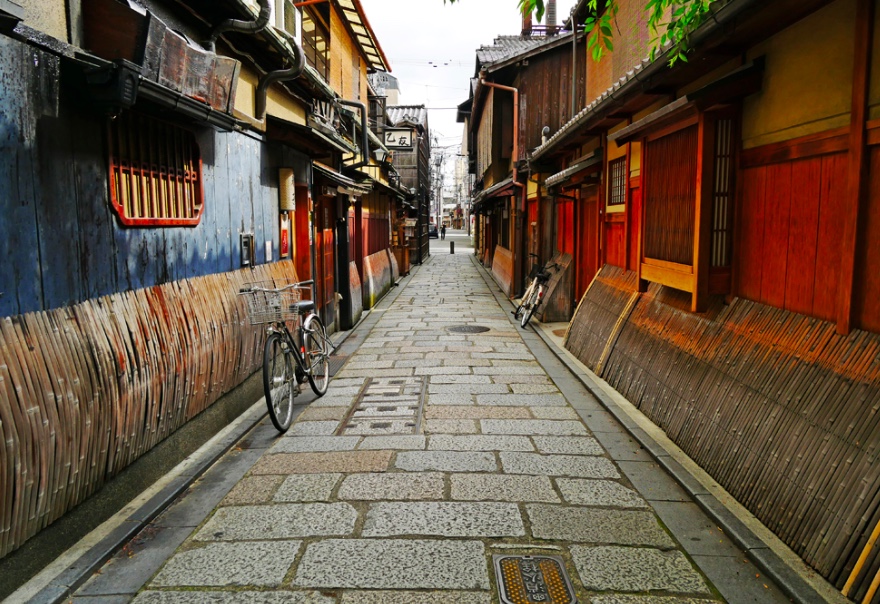
Kyoto Prefecture is not only Japan’s number one tourist destination, but is also world-famous and attracts many tourists. However, there are actually some unsafe and “bad” areas scattered throughout Kyoto.
In Uji City, Kyoto Prefecture, there is a large apartment complex where people of various nationalities live, and it seems that there are many problems due to the differences in nationalities, and many disputes have been reported and recorded.
In addition, the “sand prevention dam” in Kita-ku and the area called “Utoro” in Iseda-machi has been illegally occupied by Koreans and Koreans living in Japan for 60 years and has become ghost towns.
Even in other areas, it is dangerous for women to walk alone late at night, and there have been reports of suspicious people.
Aichi Prefecture
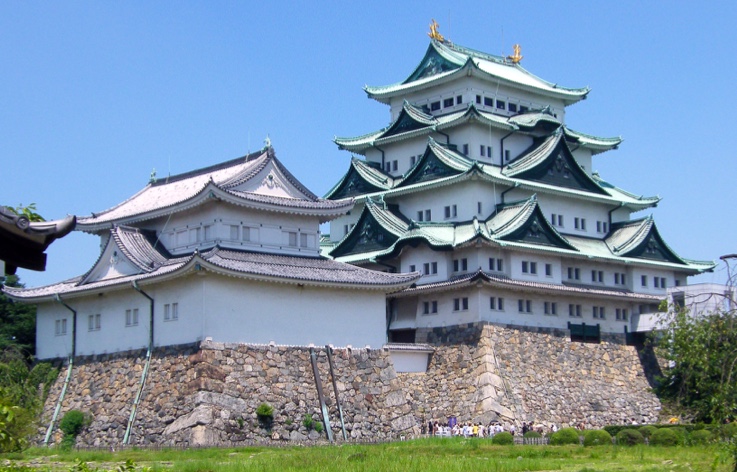
Nagoya, as a major city, is notable for its high crime rate in downtown areas, but even in Aichi Prefecture, the area where Toyota City, the world-famous Toyota plant, is located is home to many immigrant Brazilians who work at the Toyota plant.
The area was said to have turned into a slum at one point due to several serious sex crimes and even riots where riot police were dispatched.
In addition, the area was thought to be a lawless zone due to differences in thinking, and there were conflicts with the local Japanese community, and many other problems were reported. In recent years, local governments and NGOs have been conducting Japanese cultural education and community exchange programs for Brazilians, and it is said that the effects of their proactive efforts for coexistence are gradually being felt.
Hyogo Prefecture
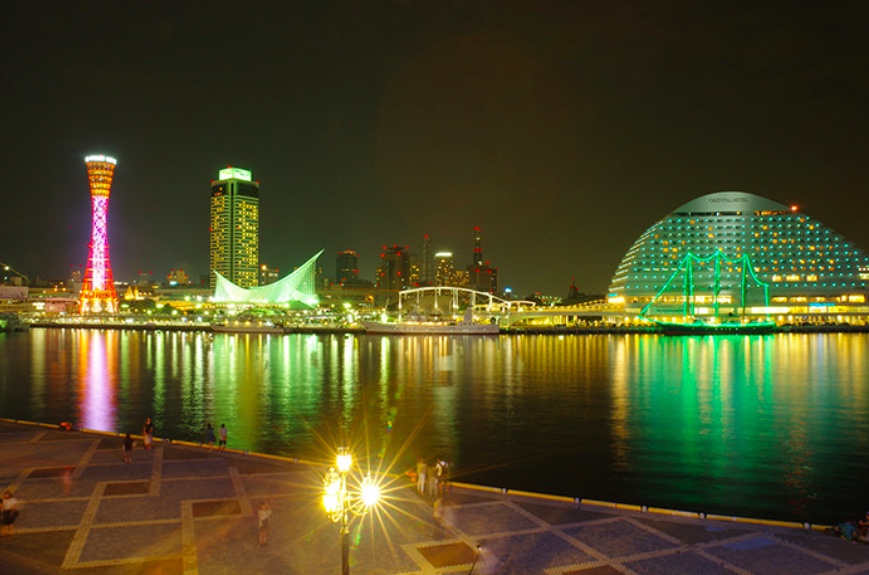
Hyogo Prefecture is the largest prefecture in the Kinki region and is famous as a bedroom community for the Kansai region.
In 2002, Hyogo Prefecture recorded the highest number of crimes since the end of World War II, making it a very unsafe and dangerous place to live. In 2002, Hyogo Prefecture recorded the highest number of crimes since the end of World War II.
As for crimes that occur frequently in Hyogo Prefecture, it seems that “theft of bicycles and motorcycles” and “car theft” are still common due to the fact that many commuters are heading for the metropolitan areas.

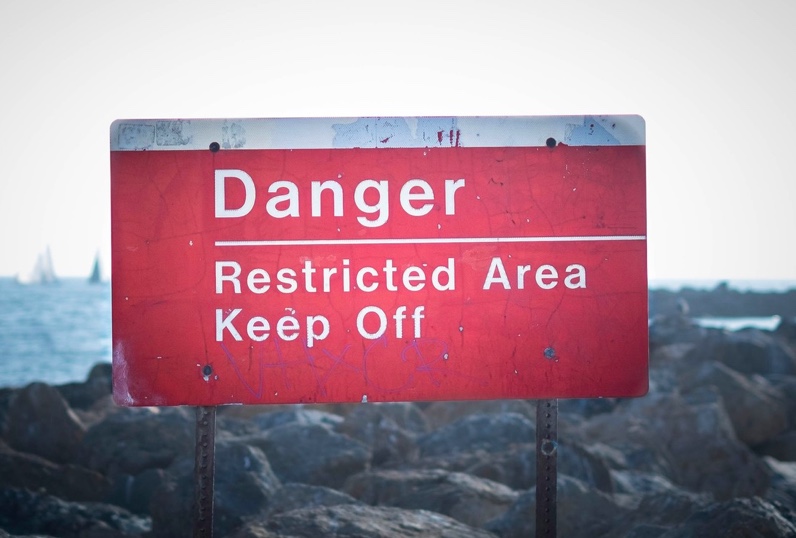


Comments